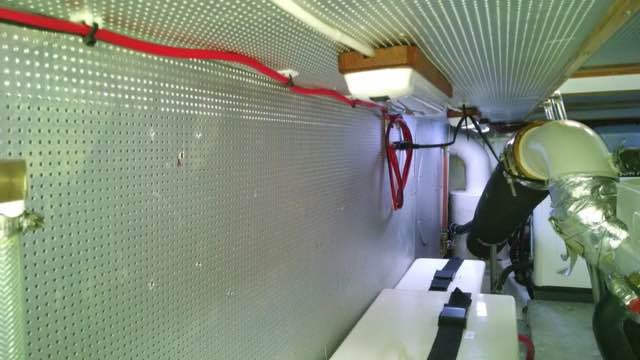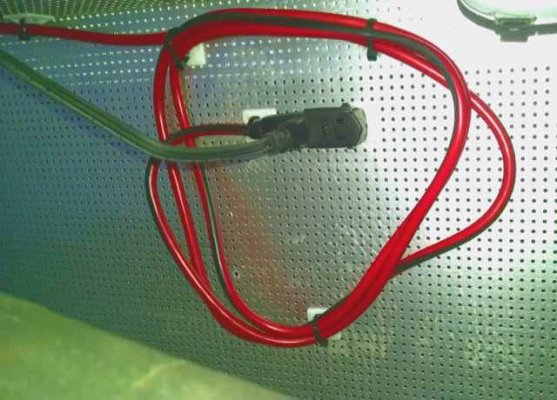sorry, stupid question of what type of oil do you use? do you not have winter grade oil that ensures lubrication immediately started up the engine.
I difficult to understand what benefits 200-300w heater + 500kg engine. I Espar blow, if necessary, the engine room and also heats the engine while the whole boat.
Great question. I have the Cummins recommended 15w40 oil in the engine. Again, I have never had a cold start problem with this engine, even in some relatively cold weather (week of temps never exceeding 30 F). In the past I have kept a 1000W Air Dry heater in the ER. My hope, based largely on what Tony Athens has written and some other folks on Boatdiesel.com, is to decrease any condensation on the engine, keep the oil very fluid for start up, and provide some low level heat in the ER to keep water lines from freezing, and to eliminate the 1000W Air Dry unit.
So I am at the boat this morning. The heating pads have been plugged in for about 14 hours. The temps overnight dropped below freezing as there was ice on the floating docks as I walked to the boat. Using an IR temp gun this is what I found:
Temps:
Bottom of the heating pad (faces down towards the bilge), 200 F
Bottom of oil pan next to the heating pad, 160 F
Side of the oil pan, 120 F
Engine block midway up, 65 F
Top of engine by oil fill, 58 F
Surface temps in the saloon, 47 F
Surface temps under head (forward of the engine, saloon and separate bilge space than ER) 47 F
Surface temps in ER 52 F
Temp of the longitudinal steel supports that the engine mounts are on, 56 F
So my interpretation of these numbers... after 14 hours the interior of the boat cooled from the 70 F last night to 47 F. The top of the engine cooled from 67 F to 58 F. The engine block stayed at the same temperature and the oil pan is a lot warmer.
It appears that the 250W pan heaters have kept the engine block about 20 F warmer than the rest of the boat. It has also kept the ER 5F warmer than the rest of the boat. Keep in mind that the engine hatches were open all night. So any heat in the ER would have mixed with the Saloon. That didn't appear to warm the saloon at all but with the hatches closed it may keep the ER slightly warmer. It was also only 14 hours and from my reading it should take about 24-48 hours for the temp gradients to stabilize.








